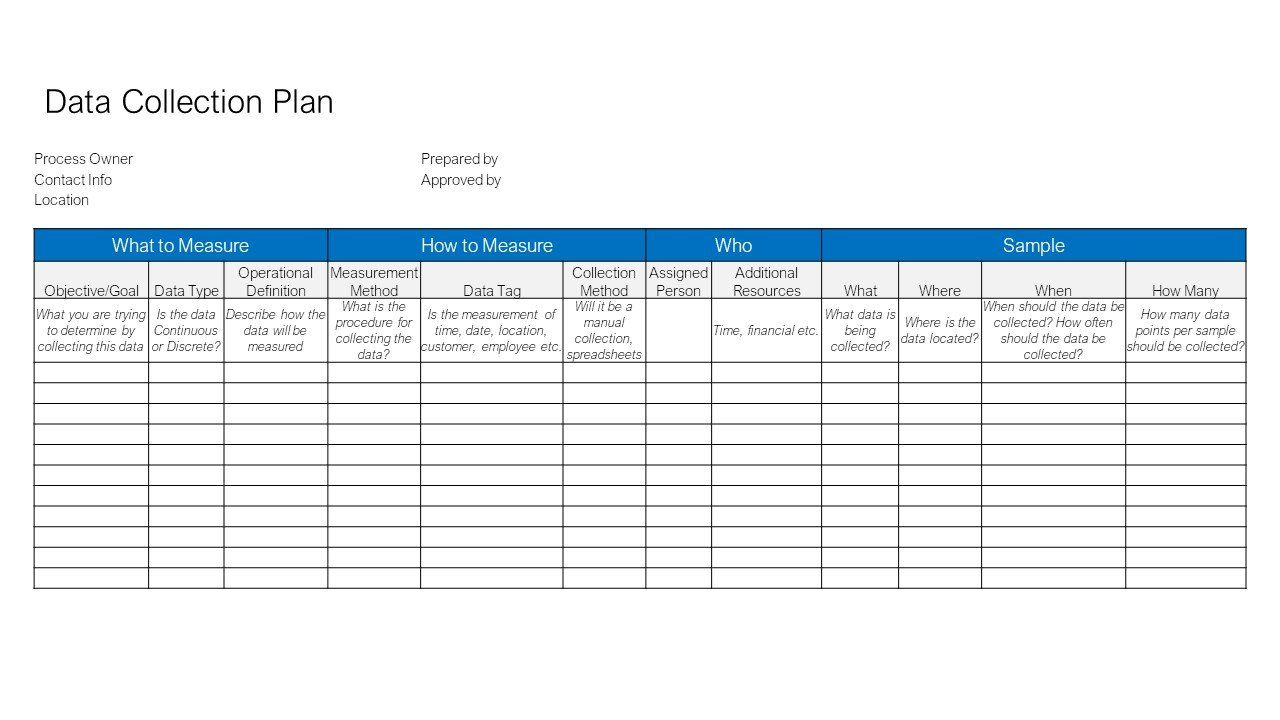What Are You Measuring?
“You can’t improve what you don’t measure.”
- Tony Robbins
KPIs: without the careful creation of key performance indicators/metrics, zeroing in on the most effective business strategies and process improvements becomes little more than a guessing game.
The second phase in the DMAIC project lifecycle is the ‘Measure’ phase. This phase is often considered the ‘easiest’, especially when there is a well-defined Problem Statement and Project Charter. However, relaxing our focus during the Measure phase can open the door to project scope creep even when we have guardrails in place.
To refresh, we discussed in our last blog post that we recommend beginning your project with the Voice of the Customer. The purpose of this is to ensure you are aligned with the actual need and/or pain points felt by your customers. We recommended activities such as surveys, interviews, focus groups, live chat, online reviews, emails, website behaviour, social media and net promoter score. Once this information has been gathered and the need/pain points have been identified, we recommended doing a SIPOC Diagram to gain a bird’s eye view of the elements impacting your process and lastly, preparing your Project Charter.
Moving forward from the Define phase, the next objective is to collect and collate data. This begs the question of ‘Do we only collect data on the process identified in the Define phase or do we also collect data on the elements identified in the SIPOC Diagram?'
Our recommendation is to begin with a robust Data Collection Plan. A Data Collection Plan is a great tool which outlines the 5W2H of your data collection…
• What data will be collected,
• Who will collect the data (team assignments),
• When will the data be collected – what is the sequence of the data collection,
• Where will the data come from,
• Why is the team focusing on data from these sources,
• How will the data be collected,
• How much data will be collected
This plan will also guard against wasting resources, it will guide where the information is distributed among your team and/or stakeholders involved in the process and it will assist in ensuring that the data collected is meaningful and can help your team to determine the root cause of the issue you are trying to improve.
A sample Data Collection Plan resembles this:

Once you have your plan prepared and assignments delegated to your team you are ready to execute your data collection.
Some of the tools you may want to consider for collecting your data are:
• Process Mapping
• Value Stream Mapping
• Root Cause Analysis
• Capability Analysis
• Pareto Charts
• Histograms
• FMEA (Failure Mode & Effects Analysis)
• Process Capability Study
• Scatter Plots
• Measurement System Analysis
A key takeaway is to remember that the more time you spend planning and preparing at each phase of the DMAIC process the less time and resources will be wasted as you dig into your project.
If you would like more information on any of the tools listed in this post please reach out to us at info@ezsigmagroup.com










